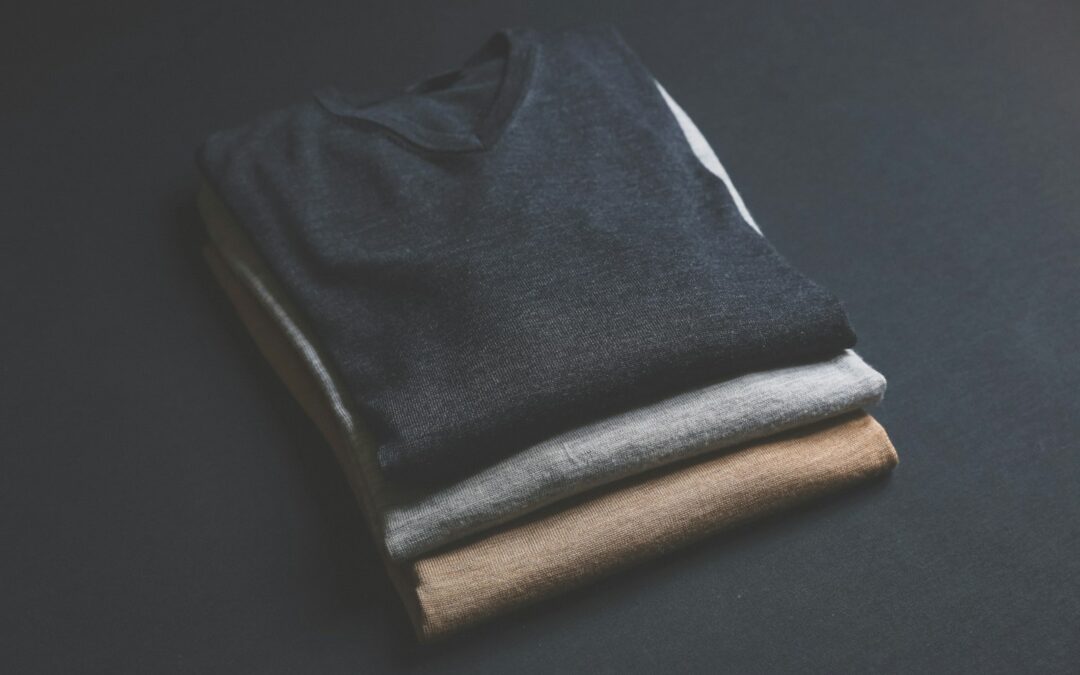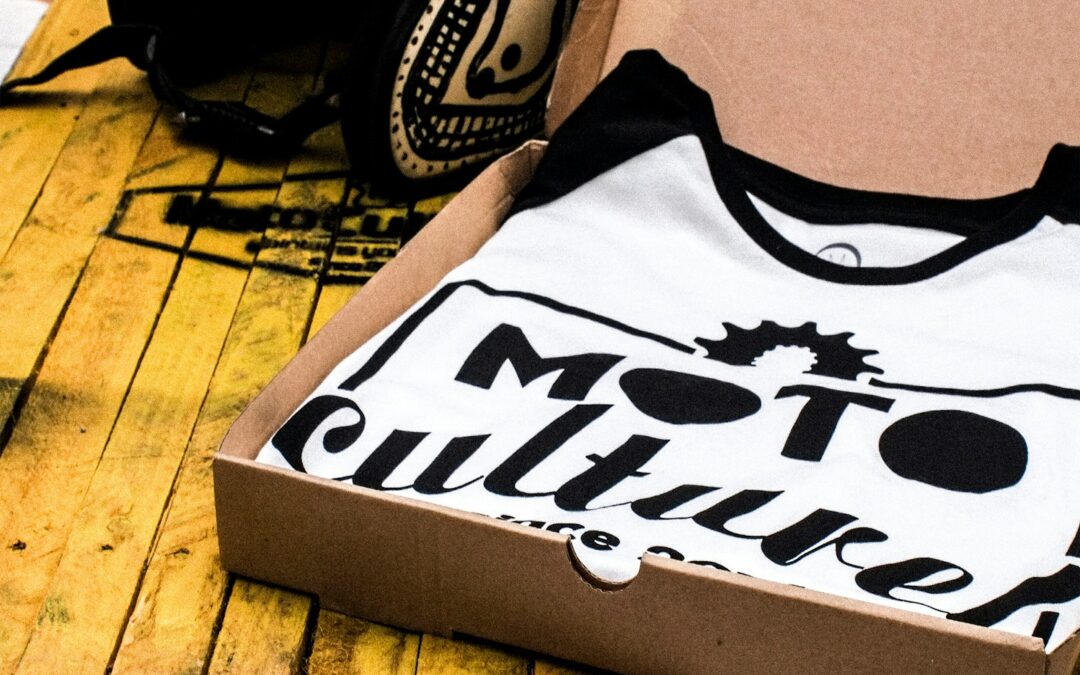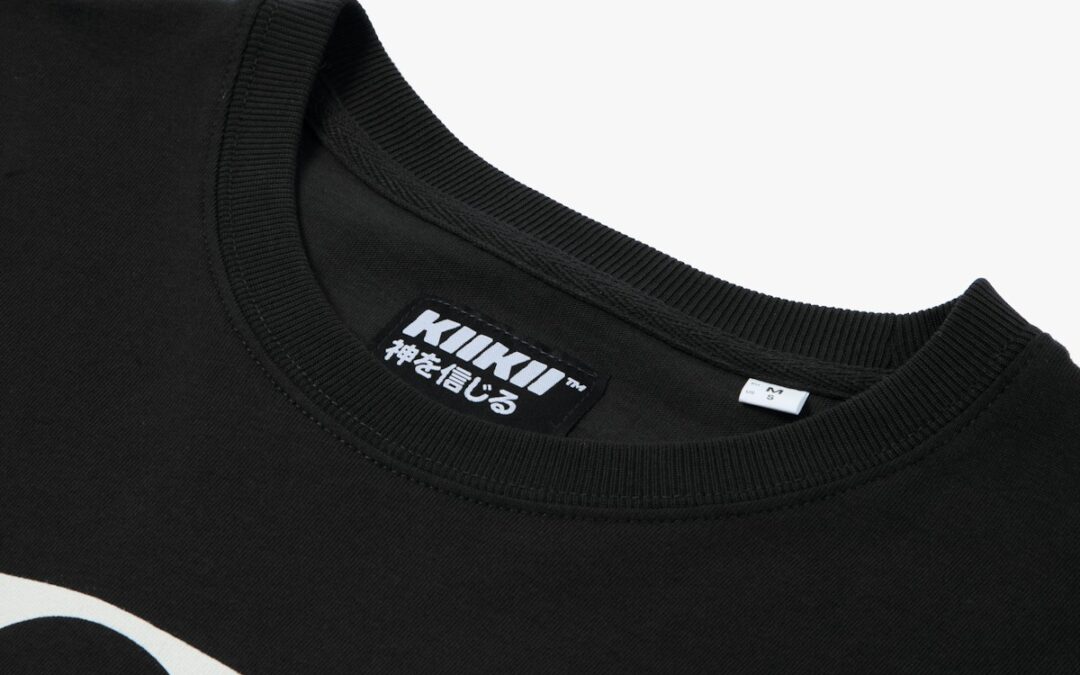Are you wondering what is a DTF printer?
The printing industry is constantly evolving, and new technologies like DTF printing are changing how businesses print designs and customize garments.
If you’re in the printing business or interested in customizing fabrics with high-quality designs, you’re likely wondering, “What is a DTF printer?” Unlike a conventional desktop inkjet printer used for standard office printing, a specialized DTF printer is designed to work with textile inks for producing high-quality film transfers.
This blog post will give you a comprehensive guide to direct-to-film (DTF) printing, explain how DTF printers work, discuss their advantages compared to other methods, and help you decide if they are the right investment for your business. Plus, we’ll share how you can achieve vibrant DTF prints without owning a printer.

What is a DTF Printer and DTF Printing?
Direct-to-film (DTF) printing is a versatile modern printing method that allows designs to be printed directly onto a special type of film, which is then transferred to fabric using a heat press. A key component in this process is the DTF film, which serves as the substrate for transferring designs. The DTF film, along with specialized inks and adhesive powder, ensures a high-quality print that bonds well to the fabric.
DTF printing stands out for its compatibility with various materials, such as cotton, polyester, silk, nylon, and more. The result is vibrant, high-resolution designs with fine details that can withstand washing and daily wear. This mix of versatility, quality, and durability has made DTF one of the most popular printing methods for businesses in the textile printing world.

How Do DTF Printers Work?
DTF printers combine high-quality digital printing technology with heat transfer techniques. DTF ink and DTF printer ink are crucial in this process, as they are specifically designed for achieving durable and high-quality prints on various fabric types. Here’s a step-by-step overview of how these printers work:
Design Creation
The process starts with creating or importing a design using design software. RIP software is often used to prepare the file for printing and to ensure proper ink layering.
Printing
The DTF printer applies layers of ink (including CMYK and white ink) onto a transparent PET film. The white ink layer helps create a solid base for detailed and vibrant colors. DTF printer ink is essential here for ensuring the prints accurately reflect the intended image on fabric.
Adhesive Powder Application
A special adhesive powder is applied to the printed design on the film. The excess powder is removed, leaving a thin, even layer.
Curing
The film and powder are heated to cure the adhesive, setting it in place. The printed film plays a key role in this step, as it involves an additional step where a powder is applied while the ink is still wet, ultimately affecting the production time and cost effectiveness of the printing methods.
Heat Transfer to Fabric
Using a heat press machine, the film is applied to the desired garment or material. Heat causes the adhesive to bond the design to the fabric.
Film Removal
Once cooled slightly, the PET film is peeled away, leaving behind a vibrant and durable design. This process is quick, efficient, and delivers high-quality results.
Benefits of DTF Printing
Why has DTF printing become so popular? Here are the key benefits:
- High-Resolution Prints: DTF printers produce exceptionally sharp and vivid prints, perfect for intricate designs or vibrant colors.
- Versatility Across Materials: DTF printing works on a broad range of fabrics, including cotton, polyester blends, nylon, leather, and even canvas.
- Durability and Washability: Prints created using DTF technology remain vibrant and intact even after repeated washing and wear.
- Cost-Effective for All Project Sizes: Whether you’re handling small custom orders or large-scale batch production, DTF printing is versatile enough to fit your needs.
- Simpler Workflow: Unlike traditional screen printing, DTF printing doesn’t require extensive setup, making it quicker and more straightforward for on-demand printing. DTF printing technology is also more efficient and cost-effective compared to traditional methods, making it an attractive option for the textile and t-shirt industries.
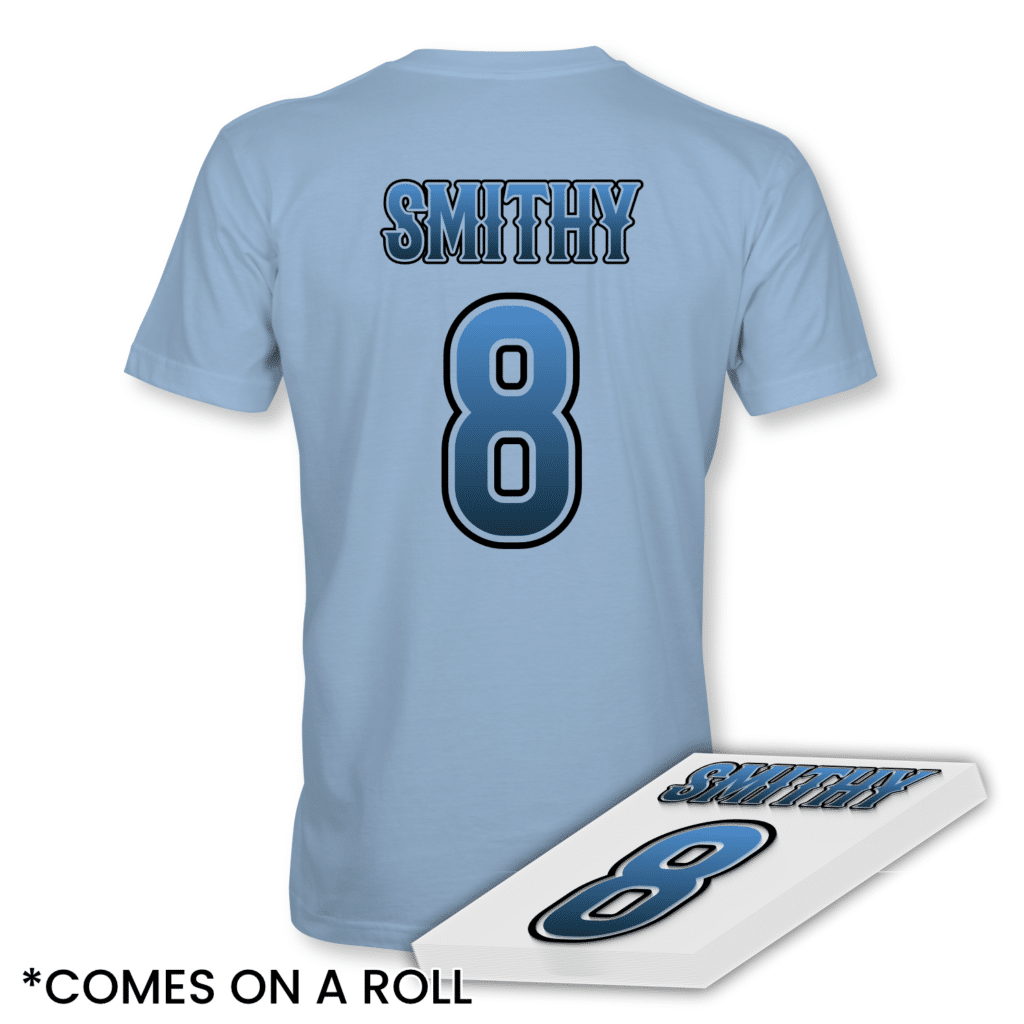
Choosing the Right DTF Printer
When selecting a DTF printer, it’s essential to consider your budget, production requirements, and desired features. Here are a few tips:
- Look for high-resolution capability to achieve sharp, detailed designs.
- Check for compatibility with various ink options such as CMYK and white toner.
- Ensure the printer can be paired with RIP software for optimized color and design management.
- Compare post-purchase support, like warranties and maintenance assistance.
Additionally, understanding dtf printer technology is crucial. This technology allows for printing designs directly onto films, which can then be transferred to a variety of surfaces, including both natural and synthetic fabrics, without the need for special transfer papers.
Research and compare models carefully before making a decision. However, keep in mind that while DTF printers offer undeniable advantages, they can be expensive to purchase and maintain.
Features and Specifications to Look for in DTF Printers
When selecting a DTF printer, there are several features and specifications to consider to ensure you get the right one for your needs. Here are some key factors to look for:
- Print Resolution: A high print resolution, typically 1440 x 720 dpi or higher, is crucial for achieving crisp and detailed prints. This ensures that even the most intricate designs come out sharp and vibrant.
- Ink System: Opt for a printer with a reliable ink system that uses high-quality DTF inks specifically designed for DTF printing. This will ensure consistent color output and durability of the prints.
- Print Speed: Fast print speeds can significantly boost productivity and efficiency, especially if you handle large orders. Look for a printer that balances speed with quality.
- Media Compatibility: Ensure the printer is compatible with a variety of media types, including cotton, polyester, and blends. This versatility allows you to expand your product offerings.
- Connectivity Options: Multiple connectivity options, such as USB, Ethernet, and Wi-Fi, can make it easier to integrate the printer into your existing workflow and streamline the printing process.
- User Interface: A user-friendly interface is essential for smooth operation. Look for a printer with an intuitive control panel that simplifies the printing process.
- Maintenance and Support: Consider a printer that comes with a reliable maintenance and support system, including regular software updates and technical support. This can help minimize downtime and keep your printer running smoothly.
By focusing on these features, you can select a DTF printer that meets your specific needs and helps you achieve high-quality, durable prints.

DTF Printing vs. Other Printing Methods
How does DTF printing stack up against other popular methods?
Screen Printing
Screen printing is a traditional method that has been used for decades. It is known for its durability and vibrant colors. However, it requires a lot of setup time and is not cost-effective for small batches.
Sublimation Printing
Sublimation printing is excellent for producing high-quality, full-color images on polyester fabrics. It is not suitable for cotton fabrics and can be limited in terms of the types of items you can print on.
Heat Transfer Vinyl (HTV)
HTV is a versatile method that allows for intricate designs and is relatively easy to use. However, it can be time-consuming and is not ideal for large production runs.
White Toner Laser Printing vs. DTF Printing
White toner laser printing is another popular method, especially for custom T-shirt production. It is known for its ability to create a bright and pure white color, which is beneficial for designs that require a strong white base. However, white toner laser printing tends to have higher production costs compared to DTF printing.
In terms of ease of use, white toner laser printing is relatively straightforward but requires specialized equipment and toner, which can add to the overall cost. DTF printing, on the other hand, is generally more cost-effective and easier to set up, making it a better option for small businesses or hobbyists.
When it comes to the final product quality, both methods produce high-quality prints, but DTF printing offers more versatility in terms of the types of fabrics and items you can print on. White toner laser printing is somewhat limited in this regard but excels in producing vibrant and durable prints on specific materials.
DTF vs. DTG (Direct-to-Garment) Printing
Winner: DTF
DTG printing is limited to cotton or cotton blends, whereas DTF printing works on various materials like nylon, polyester, and even non-woven fabrics.
DTF vs. Sublimation Printing
Winner: DTF
While sublimation printing excels on polyester and rigid objects, it struggles on cotton and dark fabrics. DTF printing provides greater versatility, allowing sharper, more vibrant details on different substrates.
DTF vs. Screen Printing
Winner: Depends
Screen printing is reliable for large orders, but it requires considerable setup, making it inefficient for smaller projects. DTF simplifies the printing process, especially for custom, one-off designs.

DTF Printing Equipment and Supplies
To get started with DTF printing, you’ll need the following:
- DTF printer. An inkjet printer, specifically modified for DTF printing, is essential for achieving high-quality prints.
- PET transfer films
- DTF inks (CMYK and white ink)
- Adhesive powder
- A heat press machine
- RIP software
- Textile-friendly substrates (cotton, polyester, and more)
Maintaining your equipment regularly, especially cleaning print heads and managing ink levels, ensures consistent print quality and reduces downtime.
Preparing Artwork and Designs
Preparing artwork and designs is a crucial step in the DTF printing process. Here are some tips to ensure your designs are ready for printing:
- Design Software: Use design software that is compatible with your DTF printer, such as Adobe Illustrator or CorelDRAW. These programs offer robust tools for creating detailed and vibrant designs.
- Resolution and Color Mode: Ensure your design is set to the correct resolution and color mode for DTF printing, typically 300 dpi and CMYK. This ensures that your prints are sharp and colors are accurately reproduced.
- Color Management: Utilize color management software to maintain color accuracy and consistency across different prints. This is especially important for brand-specific colors.
- Design Size and Orientation: Make sure your design is the correct size and orientation for your DTF printer and media. This helps avoid any issues during the printing process and ensures the design fits perfectly on the intended substrate.
- File Format: Save your design in a compatible file format, such as PDF or EPS. These formats preserve the quality and details of your design, making them ideal for DTF printing.
By following these tips, you can ensure that your artwork and designs are perfectly prepared for the DTF printing process, resulting in high-quality prints every time.
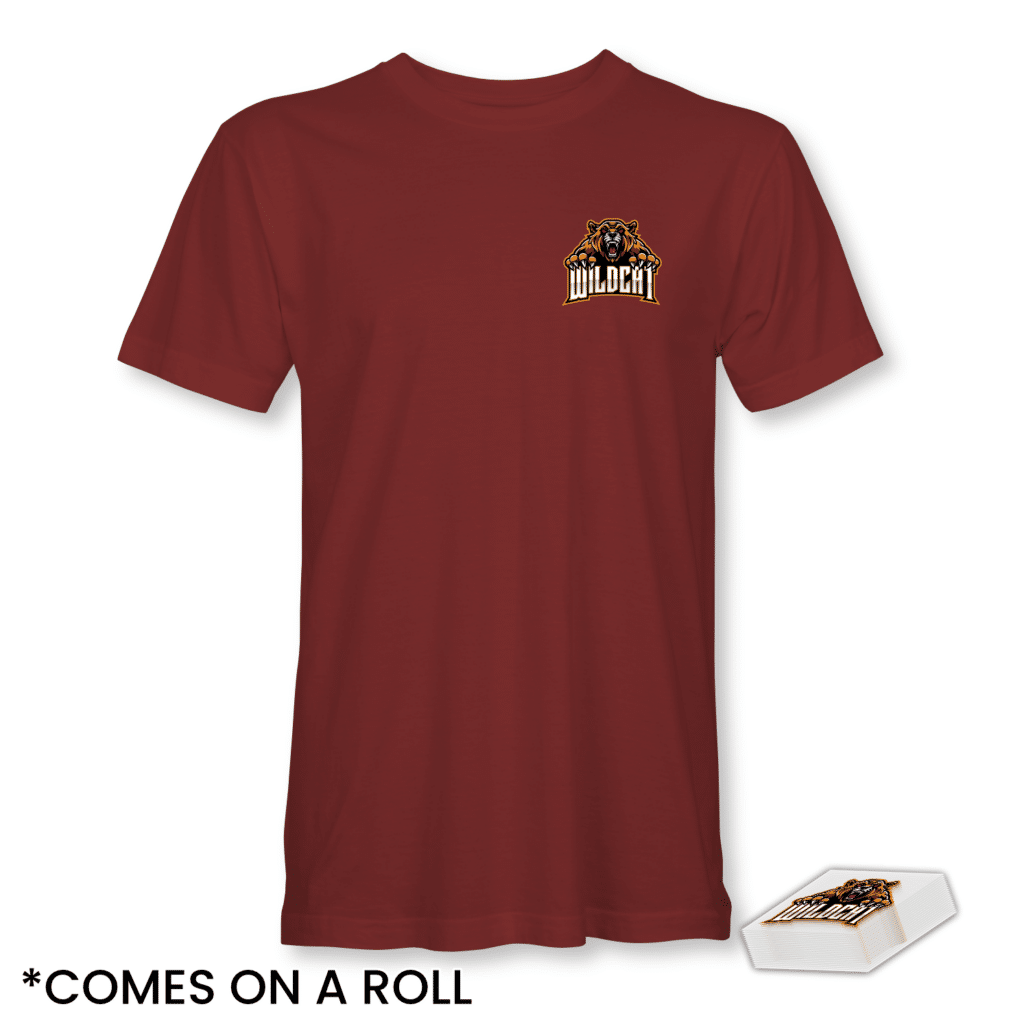
Troubleshooting Common DTF Printing Issues
Like any printing process, DTF printing can encounter challenges:
Poor Ink Adhesion
Ensure you use high-quality adhesive powder and substrates. Pre-treating materials and adjusting curing settings can improve adhesion.
Image Quality Issues
Check print resolution settings and inspect ink levels. A well-calibrated printer produces clear, vibrant prints every time.
Printer Malfunctions
Conduct regular maintenance, such as cleaning print heads and checking ink flow, to avoid printing errors.
Identifying and Resolving Ink Adhesion Problems
Ink adhesion problems can occur during the DTF printing process, resulting in poor print quality or ink bleeding. Here are some common causes and solutions:
- Ink Viscosity: Check the ink viscosity and adjust as necessary to prevent ink bleeding or spreading. Proper viscosity ensures that the ink adheres well to the film and substrate.
- Ink Flow: Ensure proper ink flow by regularly cleaning the print heads and adjusting the ink flow settings. This helps maintain consistent print quality and prevents clogging.
- Substrate Preparation: Properly prepare and clean the substrate before printing. Any dust or oils on the fabric can affect ink adhesion, so it’s crucial to ensure the surface is clean.
- Curing Temperature and Time: Adjust the curing temperature and time to ensure proper ink adhesion. Too low a temperature or too short a curing time can result in poor adhesion, while too high a temperature can damage the substrate.
- Ink Quality: Use high-quality DTF inks specifically designed for DTF printing. Inferior inks can lead to poor adhesion and print quality issues.
By addressing these common issues, you can improve ink adhesion and achieve high-quality, durable prints with your DTF printer.
Maintaining and Calibrating DTF Printers
Regular maintenance and calibration are essential to ensure optimal performance and print quality from your DTF printer. Here are some tips:
- Clean the Print Heads: Regularly clean the print heads to prevent clogging and ensure proper ink flow. This helps maintain consistent print quality and extends the life of your printer.
- Check and Replace Ink Cartridges: Regularly check and replace ink cartridges to ensure consistent print quality. Running out of ink mid-print can cause issues, so it’s important to monitor ink levels.
- Calibrate the Printer: Calibrate the printer regularly to ensure accurate color reproduction and consistency. Calibration helps maintain the quality of your prints and ensures that colors are true to your designs.
- Update Firmware and Software: Regularly update the printer’s firmware and software to ensure you have the latest features and improvements. Updates can also fix bugs and improve the overall performance of your printer.
- Perform Regular Maintenance: Perform regular maintenance tasks, such as cleaning the printer and checking for worn parts, to ensure optimal performance and print quality. Regular maintenance can prevent issues before they become major problems.
By following these maintenance and calibration tips, you can keep your DTF printer in top condition and ensure it consistently produces high-quality prints.
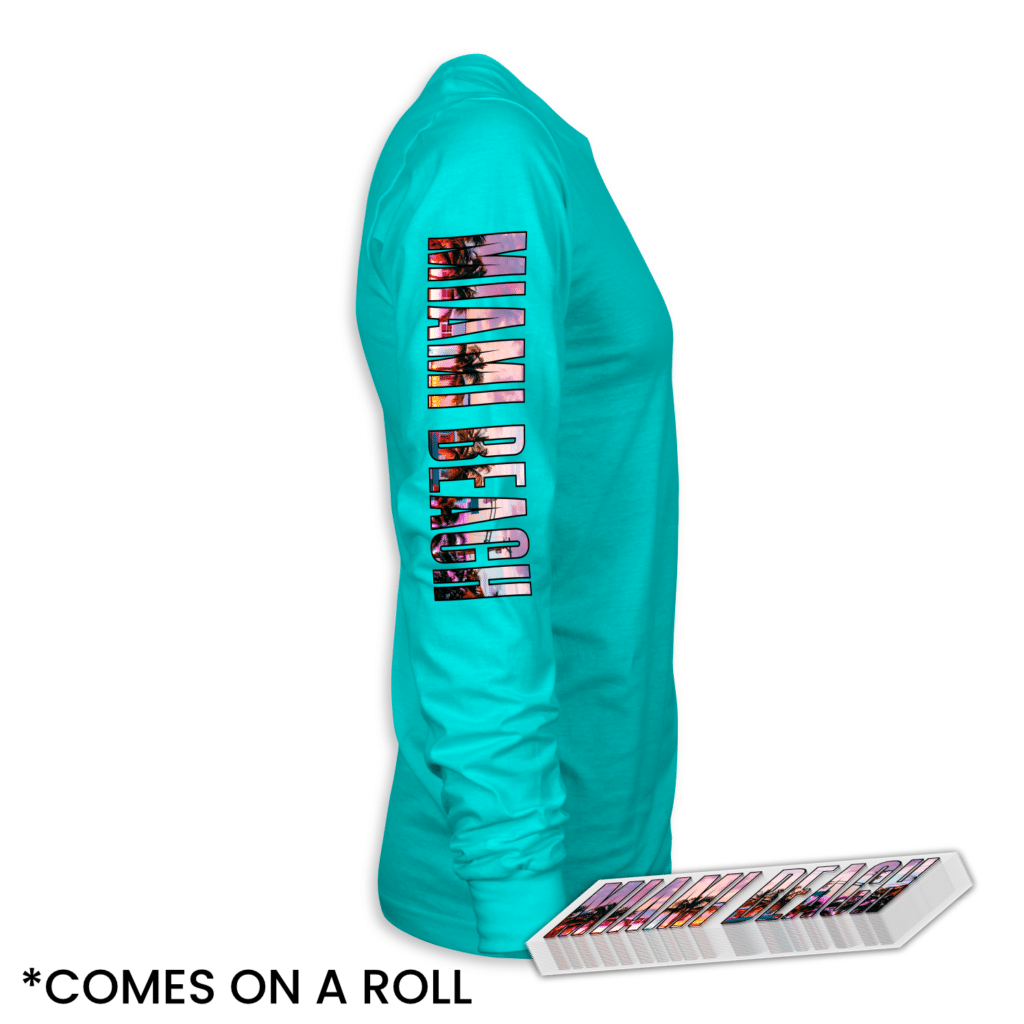
Why Invest in DTF Printing Services?
Although DTF printers offer exciting possibilities, they require a significant upfront investment. From purchasing the printer and consumables to mastering the workflow, the process can be overwhelming for startups or individuals with smaller budgets.
Luckily, outsourcing your DTF printing needs can help. At Limitless Transfers, we provide high-quality, hot peel DTF transfers designed to meet all your garment printing needs. Our award-winning prints are durable, vibrant, and easy to apply on any fabric. Plus, with free shipping on orders over $50 and a fast turnaround time, you can start creating stunning products without the hassle of owning a DTF printer.
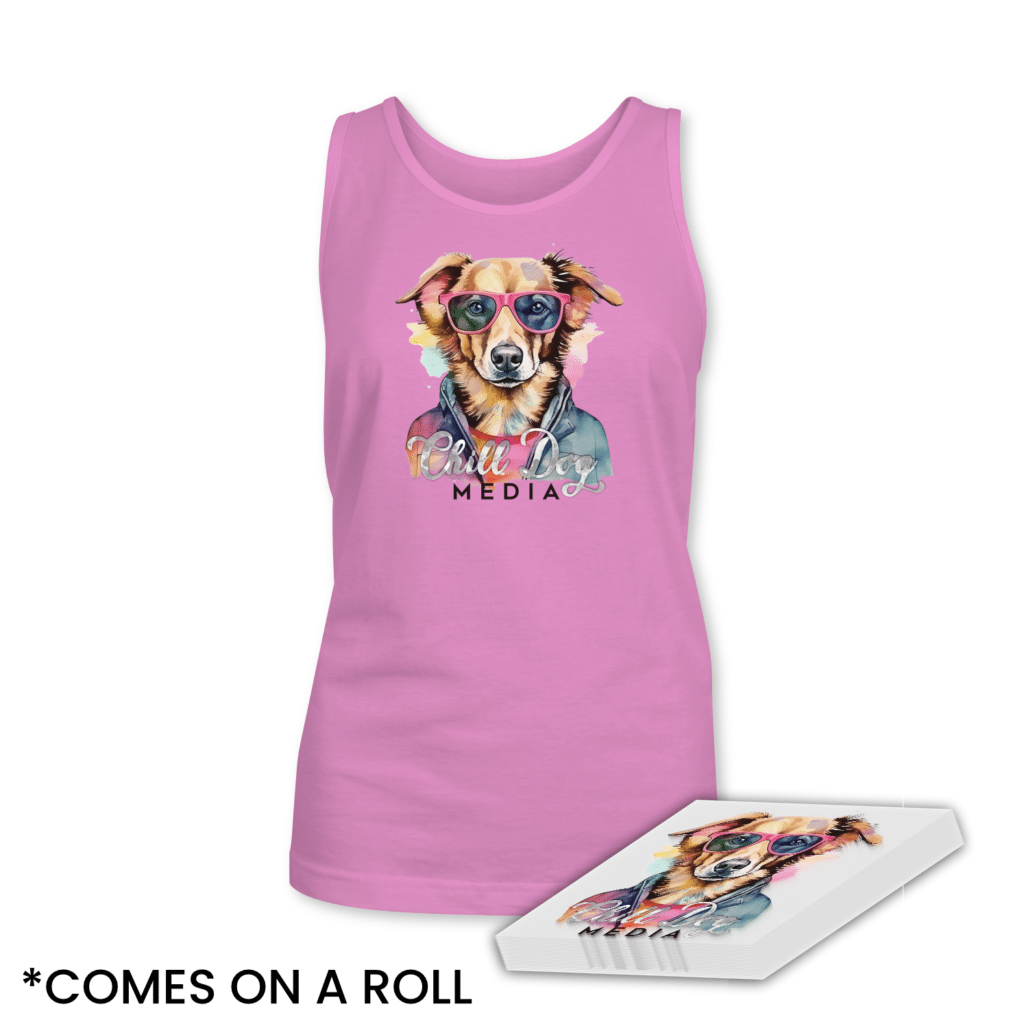
Discover Limitless Opportunities with DTF Transfers!
DTF printing is a game-changer for the printing industry, opening doors for vibrant custom apparel and creative projects. Whether you’re starting a printing business or looking to add versatility to your designs, DTF technology offers endless possibilities.
If you’re ready to bring your ideas to life without the expense of owning a printer, contact us at Limitless Transfers. Explore our hot peel DTF transfer services, enjoy free shipping for orders over $50, and elevate your design game today.
Start creating limitless designs with Limitless Transfers!
Learn More About DTF Transfers
Want to deepen your understanding of DTF printing and how it can transform your creative projects? Check out the resources below:
- What Are DTF Transfers? – A comprehensive guide to Direct to Film printing and why it’s revolutionizing the garment industry.
- How to Apply Hot Peel Transfers – Step-by-step instructions for flawlessly applying your designs.
- Benefits of Using DTF Technology – Discover the advantages of DTF printing for your business or personal projects.
- Shop DTF Transfers Now – Browse our collection of high-quality DTF transfers and kickstart your next project.
- DTF Printing Tips and Tricks – Learn expert advice for achieving the best results with your designs.
- Frequently Asked Questions – Get answers to common questions about DTF transfers and their applications.
Explore these resources to find tips, tricks, and inspiration for making the most of DTF technology. At Limitless Transfers, we’re here to help you succeed!


